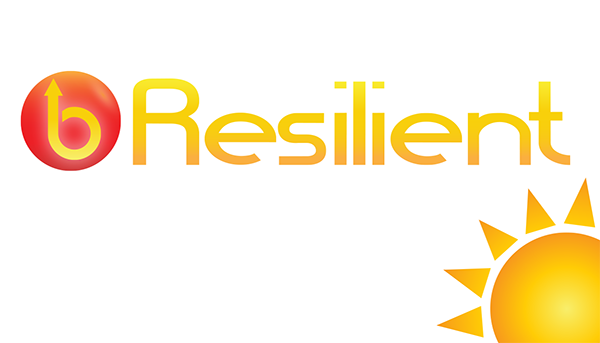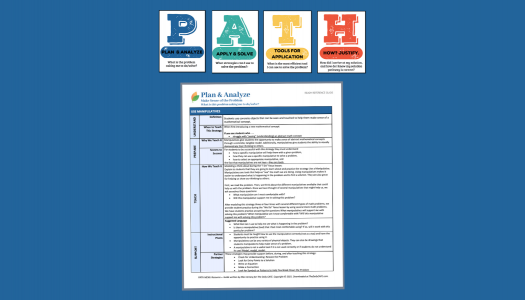
Allison Behne
At 10 months old, my son had his first and last taste of ice cream. A lick of his grandpa’s ice cream cone that led to hives, swelling, Benadryl, and a trip to the doctor determined that his allergy to dairy would not allow him to enjoy this delicacy again. And, as allergy testing at that time would show, he would also not be able to experience the taste of peanuts, tree nuts, eggs, and strawberries. We were given an EpiPen and a pamphlet with a list of safe foods to introduce, and sent on our way.
My son is 15 now and has outgrown his allergy to strawberries (yay!), and although he can’t drink milk or eat ice cream, he can have cheese, so as you can imagine, this brings happiness. Over the years we have learned of a few new foods to avoid. Turns out when he told us that carrots made his throat scratchy, it wasn’t because he was trying to get out of eating carrots. And when he said kiwi made his chest feel funny, it wasn’t because it was too sweet. Nathan is tested every few years so we can stay on top of things.
The biggest scare was last summer when he tried a protein drink and had a bad reaction. Apparently his EpiPen is now for pea protein, too. Thank goodness he is older and knows his body, and can share with us when something isn’t right. And because he is informed, cautious, and aware, he can successfully navigate what he can and can’t have on his own. (Which is a good thing, since most 15-year-olds don’t want their mom with them everywhere they go.)
I share Nathan’s story because there is a correlation between how his doctors have worked to help him be successful and how we work with our students so they can achieve success. It is a joint effort. Nathan’s doctors assessed his symptoms, reviewed his test results, and had a conversation with him. They were transparent and explained to him that his success was going to depend largely on him. They gave him the tools to be successful, meet with him regularly, and are there if he needs something.
Our students come to us with varying needs, and we must determine a path to success for each of them. We listen to them read, view their assessment results, and have a conversation with them. We ask them to share with us about their reading life. Then, once we are aware of their strengths and greatest areas of need, we set goals with our students. We are transparent and share what success looks like and the steps they can take to move forward. Our students are informed and aware . . . prepared for success.
Nathan’s doctors know there is no one-size-fits-all approach to curing hives, difficulty breathing, chest pain, and an upset stomach. Those are symptoms that help them diagnose the greater problem. And their course of action depends on many pieces of information. Likewise we know there is no one-size-fits-all approach to teaching reading. So, we do our work (listen, assess, discuss, teach) so that our students can be successful in doing theirs. (Which is a good thing, since most adults don’t want their teachers with them everywhere they go.)
News From The Daily CAFE
Use Manipulatives—Ready Reference Guide (PATH)
Four Suggestions for Supporting Poetry Writing in the Classroom
Recognize and Explain Cause and Effect Relationships—Kid Teacher









